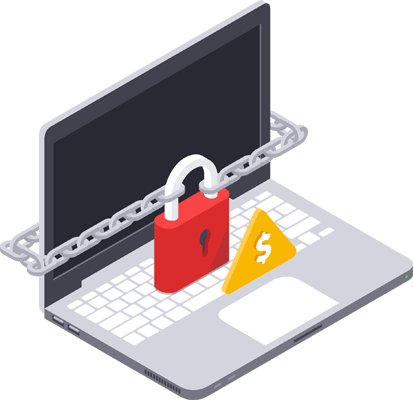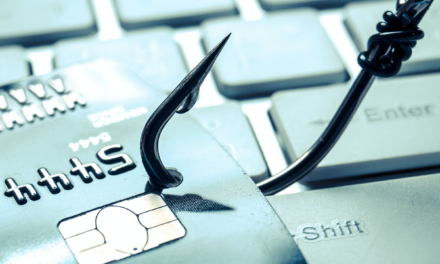Viruses are malicious pieces of code that infect your device without your knowledge. They can affect your device’s performance, delete files, send spam, and even corrupt your hard drive. They multiply and spread to other machines, often before you’re aware of an infection.
Malware is the general term for any program that is designed to damage, disrupt, or hack a device. Viruses and ransomware are malware.
Ransomware are malicious programs that block access to your device until you pay a ransom fee to its creator. It is often very difficult and expensive to remove.
What is Malware?
Malware is the umbrella term that describes all malicious software, including ransomware and viruses.
- Spyware: Allows hackers to track your device’s activity.
- Bots: Self-propagating programs that infiltrate devices and connect them to a central server.
- Rootkits: Allow hackers to control your device without your knowledge. This allows them to spy on your usage and steal your information.
- Worms: These are like viruses, but they are standalone programs that don’t need a host file to spread. They self-replicate and spread through networks automatically.
What Does Malware Do?
Malware compromises your computer, slowing it down and breaching its security. Malware is used to steal your data, control your device, and harvest your resources for illegal activities.
How Does Malware Spread?
Malware can infect your computer in several ways. Just like viruses, malware can be transmitted via file sharing, downloading free software, opening email attachments, using compromised USB flash disks, and visiting infected websites.
Scareware programs are another way that malware can infect your device. These look like antivirus programs that pretend to protect you from viruses, but actually expose you to threats. When you install scareware, it will warn you that your system is infected when in fact it isn’t. It will then ask you to click a link to “clean up” the viruses. This link will download more malware.
How Can Malware Hurt Me?
- Malware slows down your computer.
- Identity theft.
- Credit card fraud and other types of theft.
- Inability to start or shut down your device.
- Corrupted programs and files.
- Loss of data.
3 Malware Myths and Facts
- Myth: You’ll know if your device is infected.
Fact: One out of every three computers will be infected with malware at any given time. It is very common for a malware infection to go undetected, and you may not be able to tell if your computer is compromised. - Myth: Popular websites don’t contain malware.
Fact: Even the most reputable sites aren’t immune to malware. In the past, Yahoo, the New York Times, and even the BBC have fallen victim to it. Malware programmers often run malicious third-party ads on legitimate websites that spread their programs. You don’t need to click on the ads, simply viewing them will install the malware on your device. - Myth: Malware isn’t dangerous if you don’t store important files on your device.
Fact: Malware is a threat to your security even if you don’t store important files on your device. It rarely searches your computer for the information it wants. Instead, it will access your email to spam your contacts and record your keystrokes to steal your banking details and login information.









